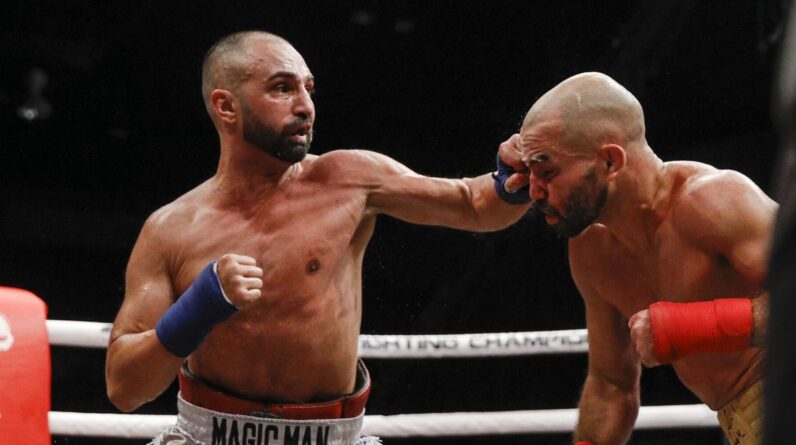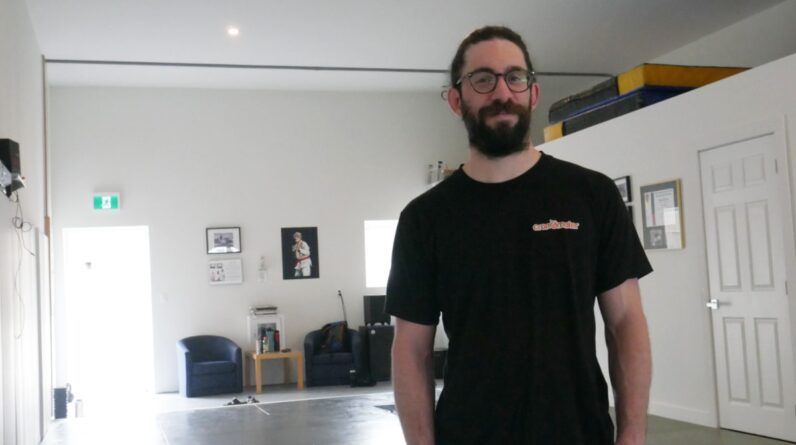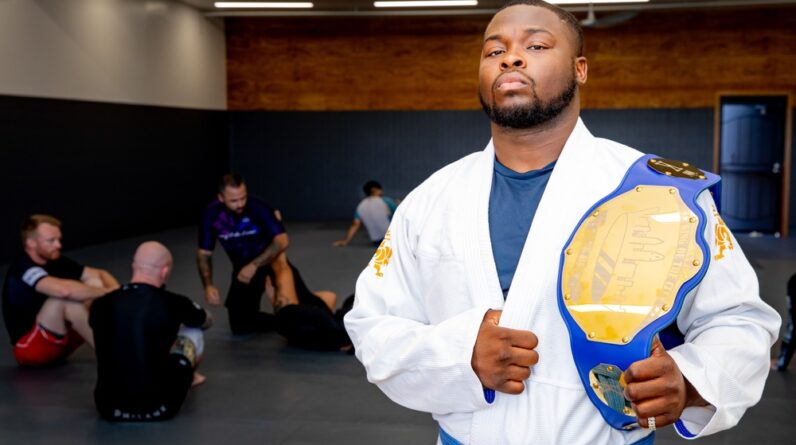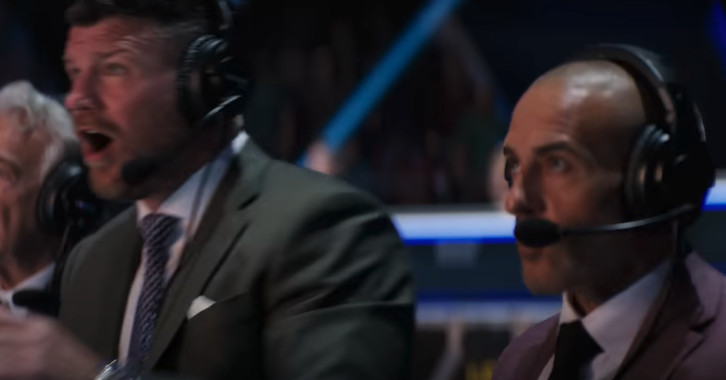UFC CEO Dana White’s personal policy, at least in 2017, was not to reveal a fighter’s pay unless they had misrepresented it in public.
When Randy Couture in 2007 revealed his earnings amid a dispute over his retirement, White claimed the UFC Hall of Famer “completely lied” and went to the UFC’s accounting department to get the real number so he could counter publicly.
Behind the scenes was a different story. He didn’t want certain numbers to make the rounds, and while he couldn’t remember any specific instances, he said the promotion had “probably” worked to keep salary information under wraps, according to a 2017 deposition for the UFC antitrust lawsuit, recently unsealed by federal judge Richard Boulware.
That didn’t necessarily keep paydays private with the fighters.
“All the fighters know what other fighters are making,” White said. “They all talk. They all know. Even guys who say they don’t want their number out there, they tell.”
Occasionally, that led to flareups among talent. One example at the top of White’s mind was a professional wrestler who’d signed with the UFC without any professional fights.
Four weeks out from Floyd Mayweather vs. Conor McGregor, and admittedly hopped up on an energy drink — “I’m getting crazy over here,” White declared after a brief spat with the plaintiff’s attorney — he struggled to remember the name.
“It just happened recently again, too,” White said in the deposition. “We had some guy that was — that was paid a certain amount of money and never — oh, the professional wrestler that we brought in. Not Brock [Lesnar], the other one.”
“CM Punk?” the attorney asked.
“Oh, yeah,” White replied. “People went crazy when they saw what he got paid. … Even the women.”
According to a copy of his contract unsealed in the lawsuit, Punk, the former WWE champ whose real name is Phil Brooks, jumped straight toward the top of the UFC’s declared pay scale. His payout: a flat $500,000; any money owed him through a separate letter of agreement; and for his first fight and “if and only if” he defended a UFC title, a tiered pay-per-view bonus that kicked in at 200,000 buys. (For top stars and champions, the UFC often pays a flat “show” purse and allows them to share in pay-per-view profits. They also often draft “side letters” that guarantee additional pay that is not disclosed to athletic commissions.)
The promotion has, in fact, worked publicly and privately to keep salary information out of the public eye. In 2014, it lobbied the Florida legislature to limit disclosures required by promoters, which include fighter purses.
Individuals linked to the promotion have also pushed hard to keep financial information secret, with Nevada Athletic Commission Commissioner Stacy Alonso — a former exec in the Station Casino gambling empire owned in part by former UFC Chairman Lorenzo Fertitta — arguing in favor of a rule passed in 2020 that made most information routed through the NAC private. Several state athletic commissions, including Utah and Arizona, have recently changed their disclosure laws, citing similar language about concerns raised by fighters over their pay becoming public.
The group of UFC vets suing the promotion for antitrust violations have made fighter pay — and the UFC’s public and private communication about it — a central part of its case, arguing the promotion conspired to lower fighter pay as part of a scheme to monopolize the market for elite MMA fighters. Attorneys from the UFC fought to keep the contracts and communications in the case private before judge Boulware unsealed them this past month.
Behind the scenes, former matchmaker Joe Silva and current matchmaker Sean Shelby have also worked with UFC execs to manage perceptions about what fighters were being paid. In texts and emails unsealed in the antitrust case, they paid close attention not only to compensation, but perception about that compensation among fighters.
“Good for us actual money-wise, but tough perception-wise in that people think we gave him what he wanted and now others will demand same,” Silva wrote in a text message about an unnamed fighter, believed to be Gilbert Melendez after he re-signed with the UFC, in 2014.
While pitching Spencer Fisher as an addition to bolster the now-defunct WEC’s lightweight division, Shelby noted the UFC vet was paid $26,000 to show and $26,000 to win in the UFC, but he indicated he wanted to keep that out of view for his new deal.
“To make this a possibility I would need to get him for five more fights going up by [$2,000 per fight], but also I need to keep the public perception of his pay at about $10k less on the show side,” Shelby wrote to UFC execs. “How can we make this work?”
The antitrust suit could go to trial in April. The UFC faces damages of over $1 billion if the fighters can convince a jury that the promotion broke the law in its meteoric rise.
Fighters’ outrage over Punk’s payday was in abundant supply after his octagon debut, proving right White’s concern over the extra drama it would produce.
“CM Punk made $500k on his entry fight while the rest of us pay to fight?” tweeted then-UFC bantamweight Cat Zingano. “Y’all should be ashamed UFC.”
“Nothing against CM Punk make half million for his MMA debut,” tweeted ex-lightweight champ Rafael dos Anjos. “But I think champs should be [making] that too, people who dedicated [an] entire life.”
According to an expert report released in the antitrust lawsuit, even that half-million figure was likely an underreporting of Punk’s true take-home. The pro wrestler actually took home $1,042,736 for his loss to Gall, the likely result of his pay-per-view bonus and other sweeteners.
One thing is beyond dispute: Punk’s drawing power helped push the UFC 203 to greater success. The reported buyrate for the event was 450,000, generating $26,995,500. Punk’s pay represented about 4 percent of those earnings.







